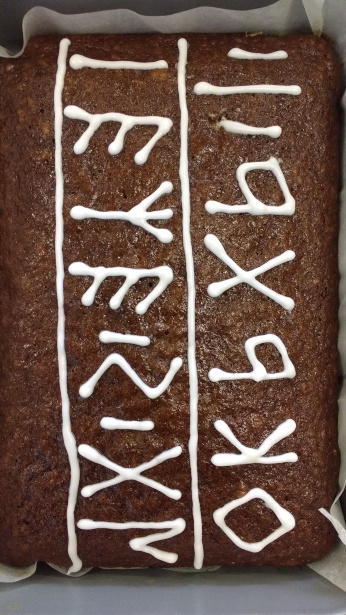Today is International Lego Classics Day on Twitter, an annual occasion when classicists all over the world dive into their Lego collections to build models related to their research. We’re big Lego fans here at CREWS and every year we try and do a couple of things for ILCD. As this year will be the last when the Project is running, we wanted to pull out all the stops. This is the result, a short film telling the history of alphabetic writing through the medium of Lego stop-motion.
I’ve wanted to try my hand at a CREWS-related stop-motion video for a while but the timing has never worked out. Fortunately this year I had just sent off proofs for two forthcoming CREWS publications so had enough leeway in my diary to get stuck in to a little Lego project for a few days.
Continue reading “Animating the Alphabet – in Lego!”


